
British food gets an unfair reputation sometimes, but ask anyone who’s actually tasted the classics and they’ll tell you a different story. These dishes have traveled far beyond the UK, showing up on menus worldwide because they simply work. Comfort, flavor, and tradition come together in ways that keep people coming back. Ready to see which British dishes have won over the world? Let’s dig in.
Fish And Chips
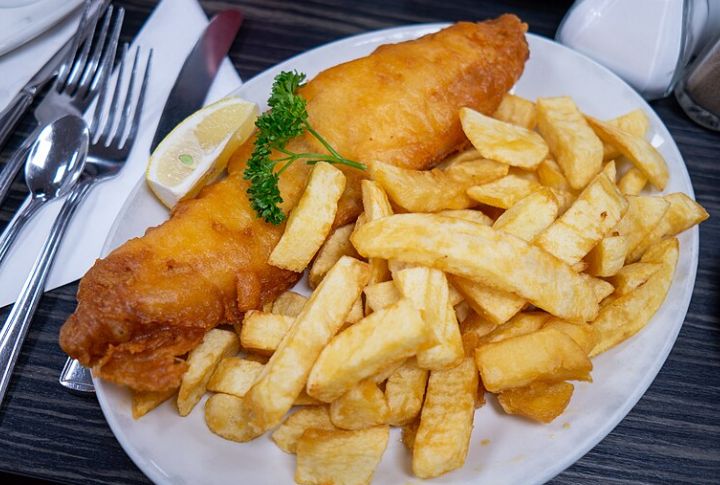
While fried fish was known in Britain by 1838, the 1860s saw pioneers like Joseph Malin popularize pairing it with crispy fried potatoes—creating fish and chips. This iconic dish, beloved for its crunchy batter and tender fish, remains a quintessential part of British seaside culture and comfort food.
Full English Breakfast
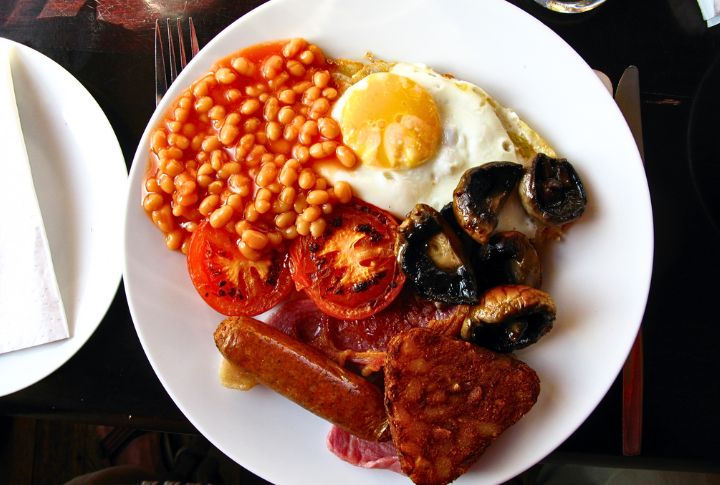
Ever heard Britishers call their morning spread a “fry-up”? It’s exactly what it sounds like. Late Victorians perfected this hearty plate: crispy bacon, eggs, sausages, and mushrooms sizzling hot. Baked beans add a pop of color, and the truly bold eater tackles a slice of traditional black pudding.
Roast Beef With Yorkshire Pudding
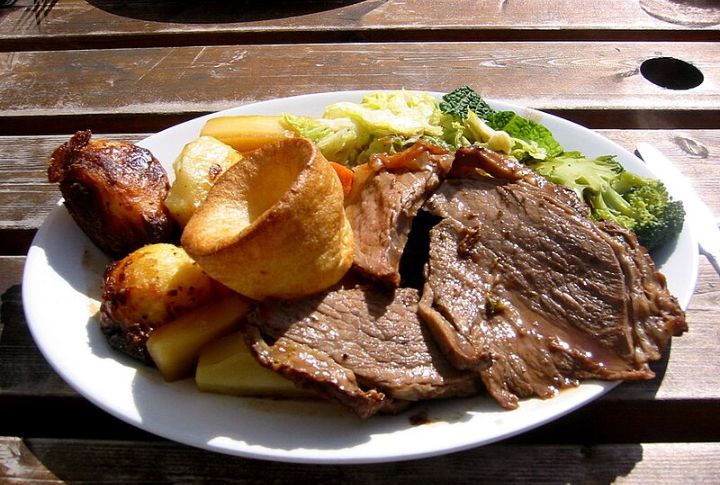
When church bells rang across 18th and 19th-century Britain, families knew it was time for the Sunday roast. The celebration centered on fork-tender beef and a golden Yorkshire pudding. That airy batter of eggs, flour, and milk is cooked to perfection, creating a cherished ritual still enjoyed today, often yielding great weekday leftovers.
Shepherd’s Pie
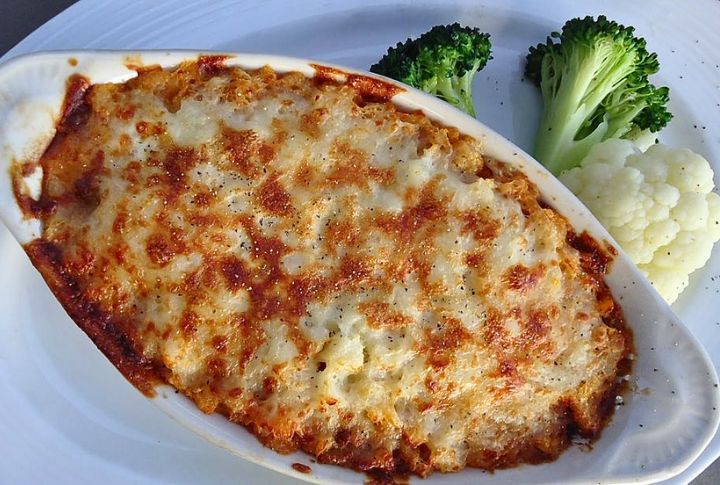
It’s a classic 18th-century comfort meal that began in British and Irish kitchens. The original version featured lamb—hence the “shepherd” name—while its famous cousin, cottage pie, uses beef. The essential formula remains a savory mix of minced meat, topped with mashed potatoes, crisped up with fork lines.
Prawn Cocktail
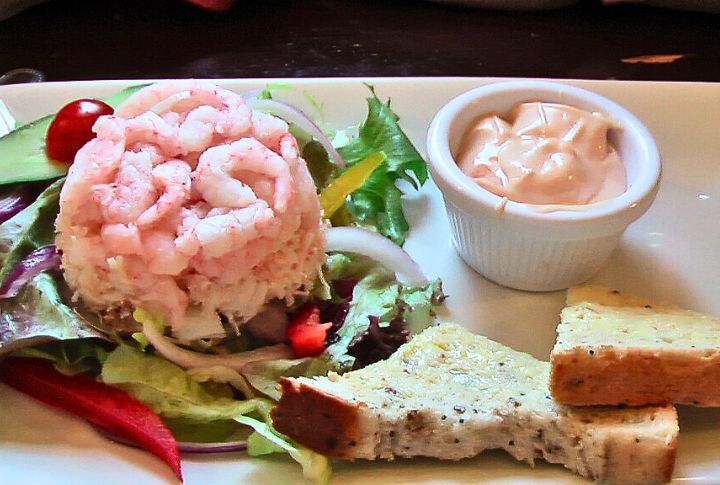
The elegant simplicity of Prawn Cocktail starts with Marie Rose sauce. A mix of mayonnaise, ketchup, lemon juice, pepper, and Worcestershire sauce dresses chilled prawns on crisp lettuce. This combination defined British meals in the 1960s and 70s, before the shrimp cocktail became popular in the U.S.
Cornish Pasty
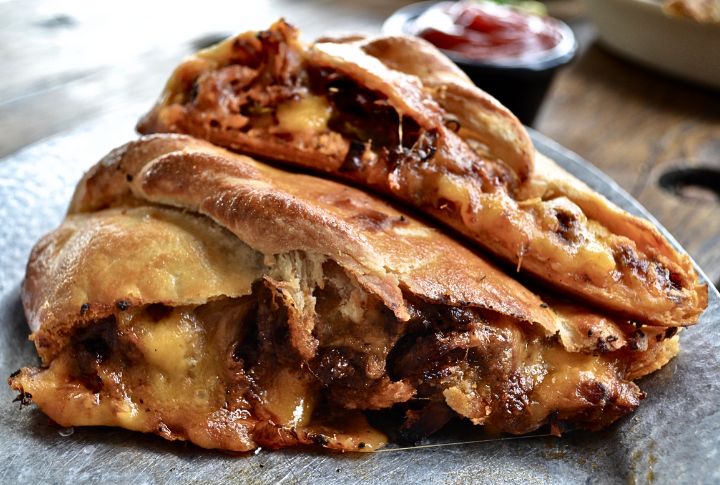
The very shape of this pastry tells the story of Cornwall’s miners. Its distinctive crimped edge allowed workers to hold it with dirty hands. Protected by a special EU designation, the traditional filling includes beef, potato, swede, and onion. Look out for innovative versions combining sweet and savory ends.
Scones With Clotted Cream And Jam
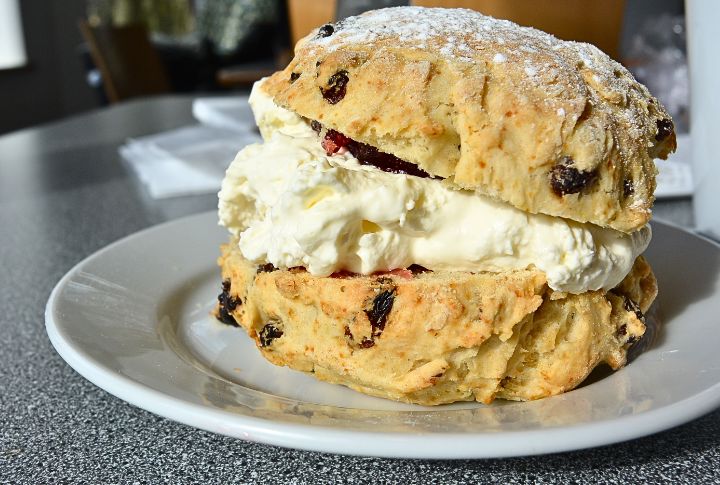
The great British debate rages on: does the cream or the jam go first? The afternoon delight, central to cream tea in Devon and Cornwall, demands a decision. The secret is clotted cream—a luxuriously thick spread made by gently heating full-cream cow’s milk.
Victoria Sponge Cake

British baking simplicity is pure elegance. Equal parts eggs, sugar, flour, and butter transform into the iconic masterpiece. A favorite of Queen Victoria herself, the cake traditionally layers raspberry jam and whipped double cream, finished simply with a light dusting of fine caster sugar.
Cheddar Cheese
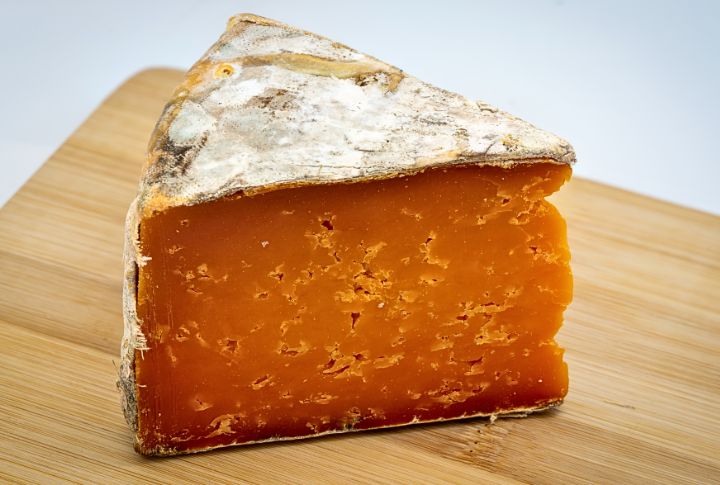
Hailing from the quiet Somerset village of Cheddar, the variety has grown into Britain’s most loved cheese. Authentic West Country Farmhouse producers earned a special protected status. They age the unpasteurized-milk cheese for months inside cloth to develop its famously sharp, celebrated character.
Black Pudding
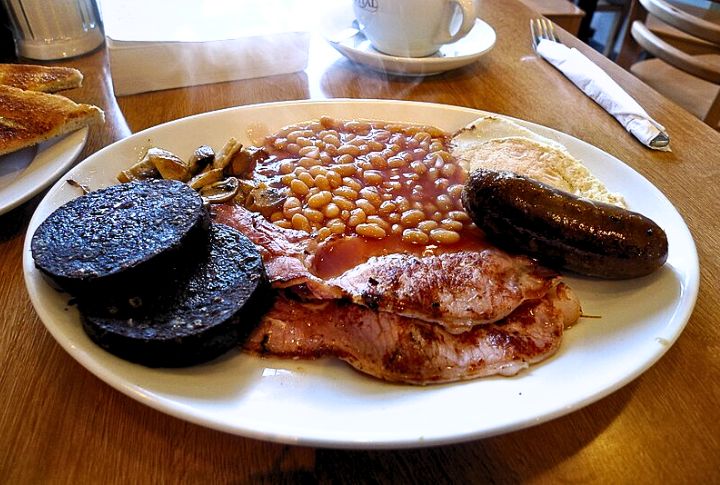
Black pudding, once a specialty of Northern England and Scotland, has been documented since the 15th century. The pudding has emerged as an indispensable element of the modern Full English breakfast. Its classic composition of pork blood, fat, and oatmeal or barley ensures it remains a non-negotiable feature.
Sticky Toffee Pudding
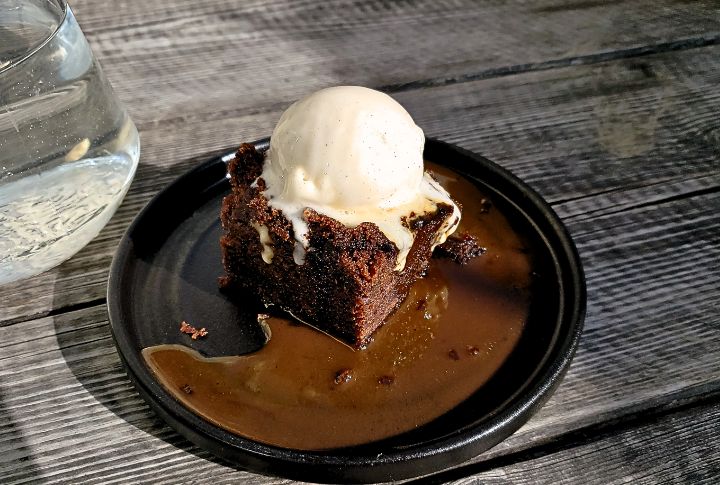
A dessert born of humble dates became the 20th century’s great British indulgence. The magic unfolds inside a tender sponge cake filled with minced dates and surrounded by a generous pool of toffee sauce. Serve it warm; whether you choose vanilla ice cream or smooth custard is the only real question.
Bangers And Mash
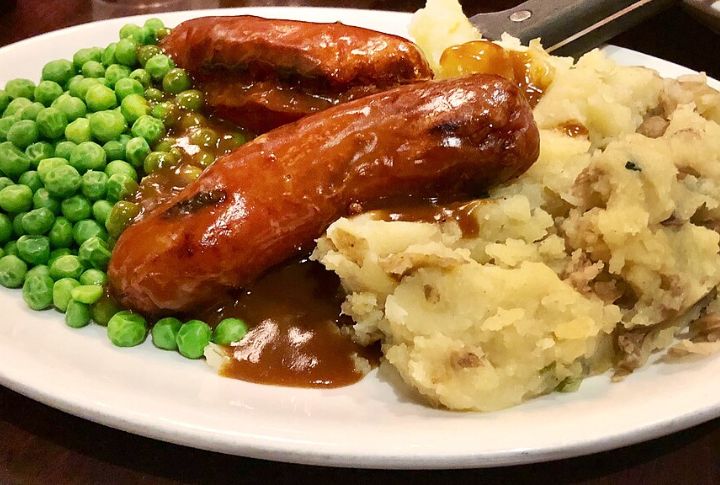
Step into a traditional British pub and you’ll spot the comforting staple. Juicy sausages, lovingly nicknamed “bangers” because they notoriously exploded during WWI due to their water content, rest on a cloud of mashed potatoes. It all gets draped in a rich onion gravy, usually alongside bright green peas.
Yorkshire Pudding
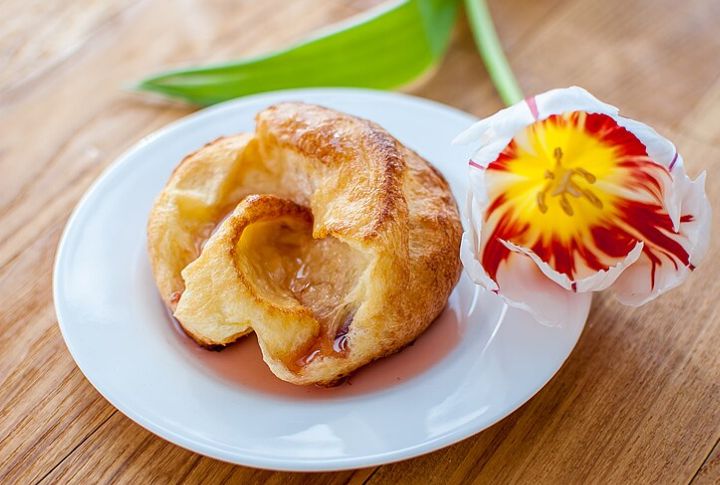
The essential sidekick to the Sunday roast requires just three simple ingredients: eggs, flour, and milk. Baking the batter at high heat produces its characteristic golden rise. Originally a functional side, the dish now holds an indispensable place alongside roast beef.
Melton Mowbray Pork Pie
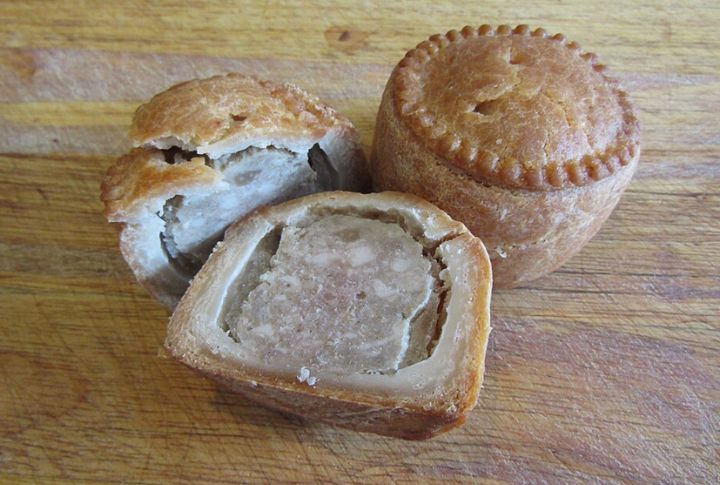
Melton Mowbray Pork Pie holds protected status for good reason. Bakers craft each one by hand in the town itself, shaping them without molds so they bulge outward during baking. Inside, you’ll find nothing fancy—just seasoned pork mixed with salt and pepper. That simplicity, combined with traditional technique, creates something genuinely special.
Ploughman’s Lunch
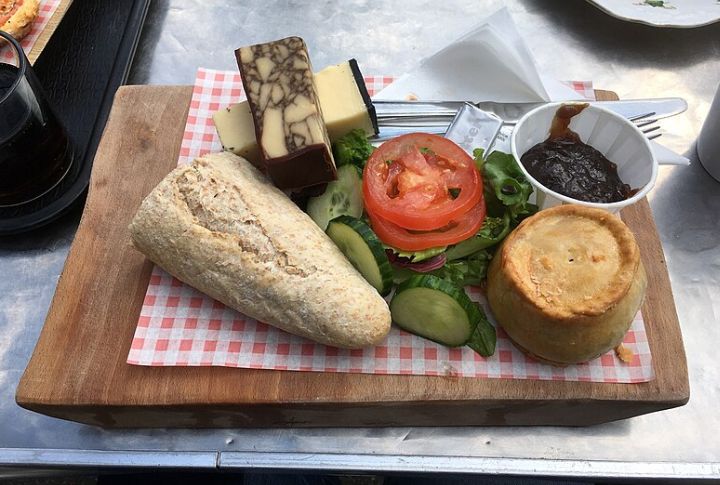
During the 1960s, pubs started serving the well-known rustic favorite. Picture a satisfying collection of sharp cheese, thick-cut bread, and tangy pickles. It’s often rounded out with a crisp apple, hard-boiled egg, or tender ham. Fun fact: the name was popularized by a clever marketing campaign from the Cheese Bureau.
Welsh Rarebit
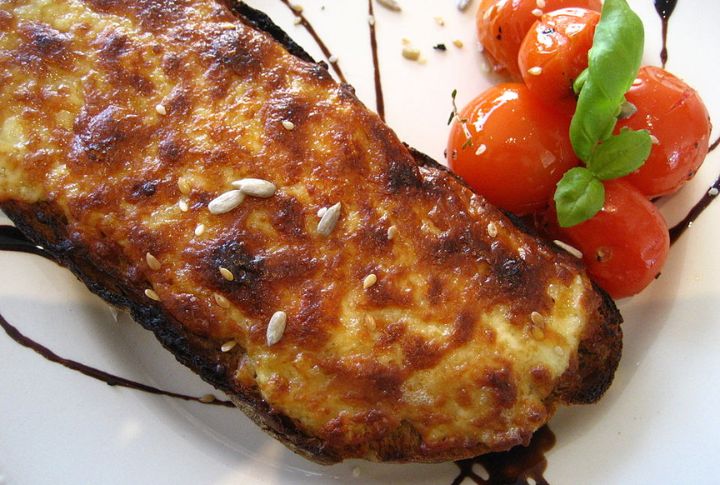
Don’t get tricked by the name; the traditional British dish contains no rabbit. It’s actually a luxurious version of cheese on toast. A thick, bubbling cheese sauce, usually enriched with mustard, ale, or a dash of Worcestershire sauce, is poured over crisp bread. It’s a warm, simple comfort that highlights Welsh culinary roots.
Steak And Kidney Pudding
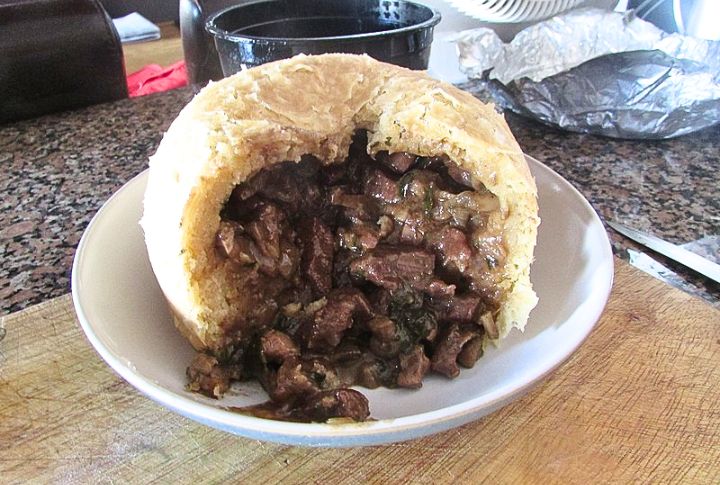
This is steam-cooked comfort food at its finest. Diced beef and kidney go into a rich gravy and are sealed inside a traditional suet pastry casing. Several hours of gentle steaming create a distinctively soft, moist casing—a key feature separating the pudding from its baked pie cousin.
Jam Roly-Poly
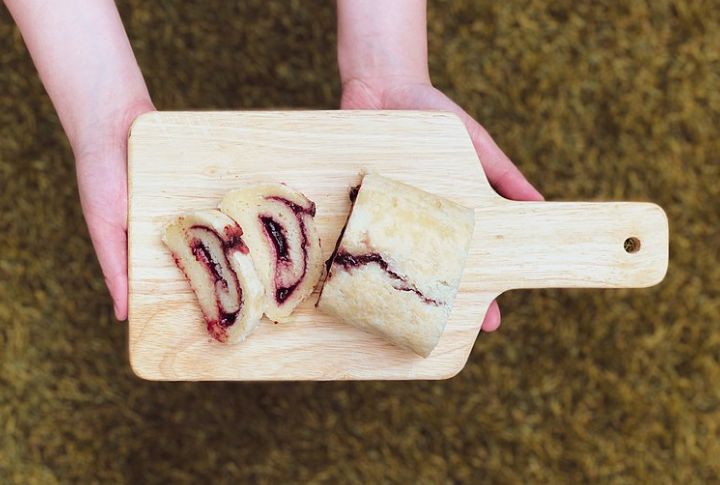
Dating back to the 1800s, the rolled suet pastry, generously filled with jam, has a surprisingly dark Victorian nickname: “dead man’s arm.” Its odd moniker arose because the classic pudding was once steamed inside an old shirt sleeve. Regardless of the name, it remains a delightful dessert, especially served swimming in warm custard.
Trifle
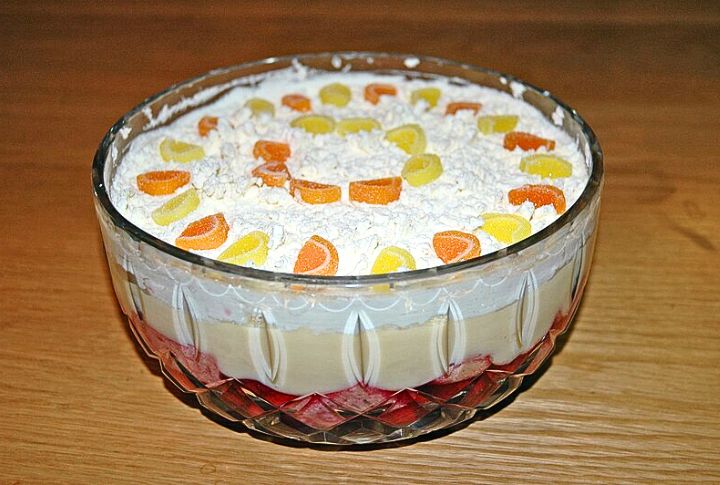
Dating back to 1585, the layered creation has long been a centerpiece of British festivities. Sherry added to the sponge gives the cake its signature texture. Layers of wine-soaked cake, fruit, jelly, custard, and cream come together with care to form a treasured holiday treat.
Beef Wellington
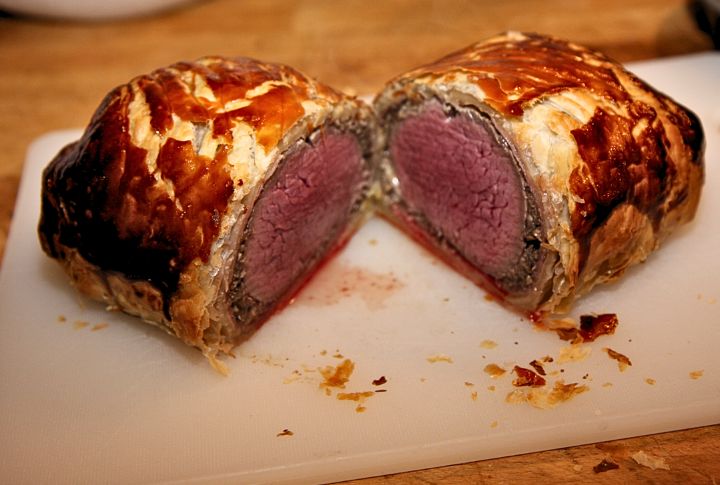
Moisture threatens the delicate layers of a perfect pastry. A clever technique protects the flaky crust from the juicy fillet: thin crepes first encase the pate and duxelles. Named in honor of the Duke of Wellington, the finished dish guarantees a show-stopping presence at any celebratory table.

